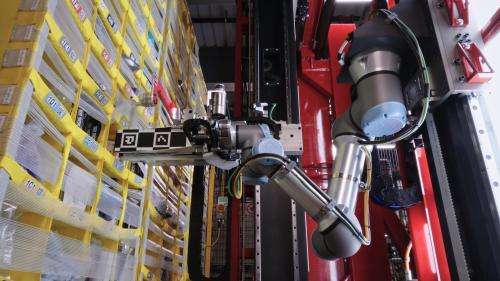This paper is published as part of the Hutchins Center on Fiscal and Monetary Policy’s Productivity Measurement Initiative.
Over the past 40 years, we’ve seen an explosion of digital goods and services: Google, Facebook, LinkedIn, Skype, Wikipedia, online courses, maps, messaging, music, and all the other apps on your smartphone. Because many internet services are free, they largely go uncounted in official measures of economic activity such as GDP and Productivity (which is simply GDP/hours worked). The contribution of the Information sector as a fraction of the total GDP has barely changed over the past 40 years. The reason is that GDP is based on what people pay for goods and services so if something has zero price, then it has zero weight in GDP. In the meantime, GDP measures the monetary value of all final goods produced in the economy, but it doesn’t measure well-being. If we want to understand how the internet is contributing to our economy, we need better ways to measure free services like Facebook, Google and Wikipedia.
In response to this challenge, Brynjolfsson and Collis of MIT Initiative on the Digital Economy developed techniques with Felix Eggers of University of Groningen, which allow them to estimate the internet’s contribution to the economy. Their research suggests that there has been a substantial increase in well-being that is missed by traditional metrics like GDP, or productivity. It is tempting to therefore conclude that the slowdown in productivity metrics over the past decade and a half might disappear if we properly account for the benefits of the digital revolution. However, the authors cannot draw that conclusion because there were other important sources of consumer surplus, including free and nearly free goods like antibiotics, radio and television that were introduced in the past.
The techniques presented in the authors’ research not only are cheap and easy for companies to adopt for their own consumer research, but also provide a path forward for policymakers and economic agencies looking to measure the overall economy and its progress.
The authors did not receive financial support from any firm or person for this article or from any firm or person with a financial or political interest in this article. Neither is currently an officer, director, or board member of any organization with an interest in this article.
The Brookings Institution is committed to quality, independence, and impact.
We are supported by a diverse array of funders. In line with our values and policies, each Brookings publication represents the sole views of its author(s).








